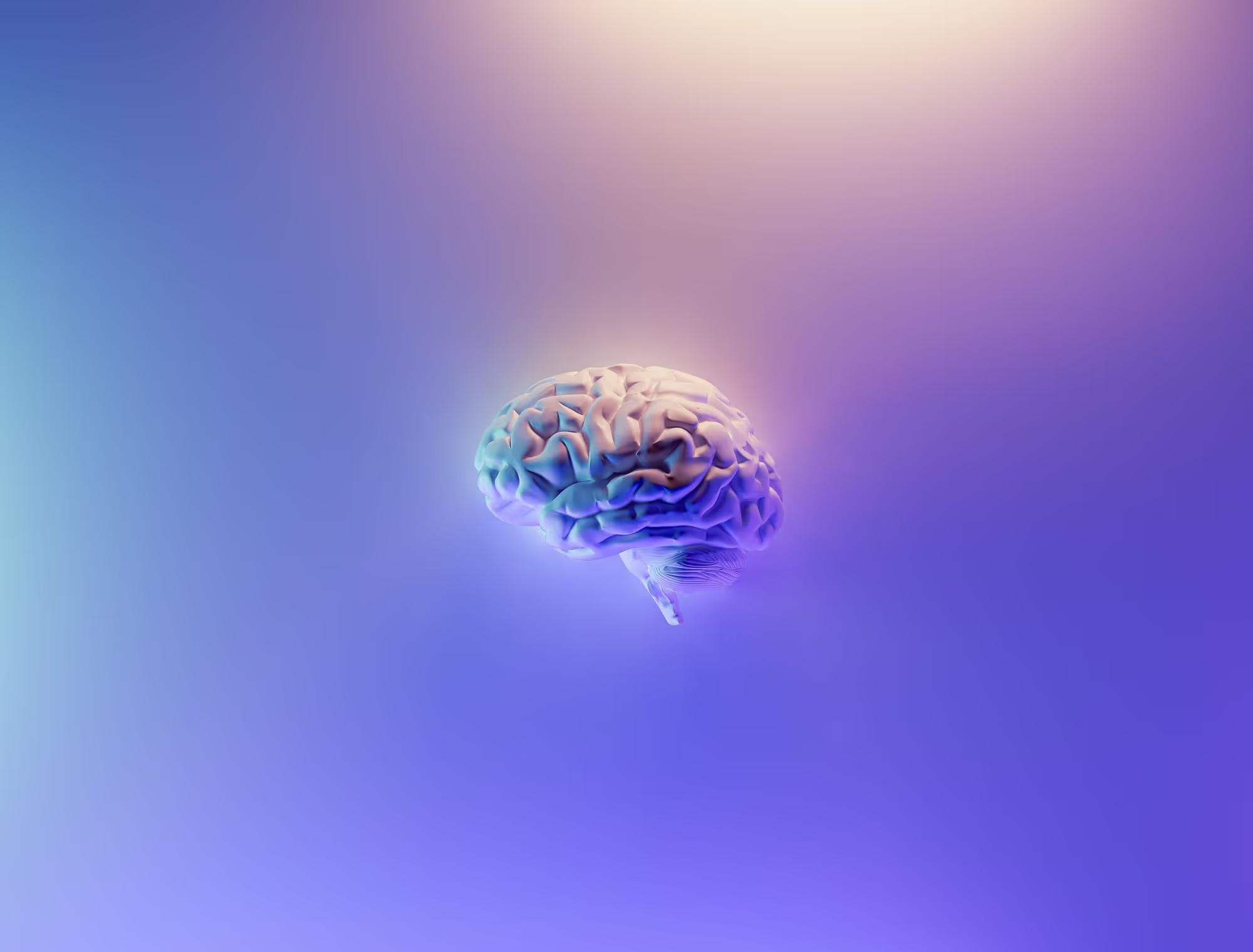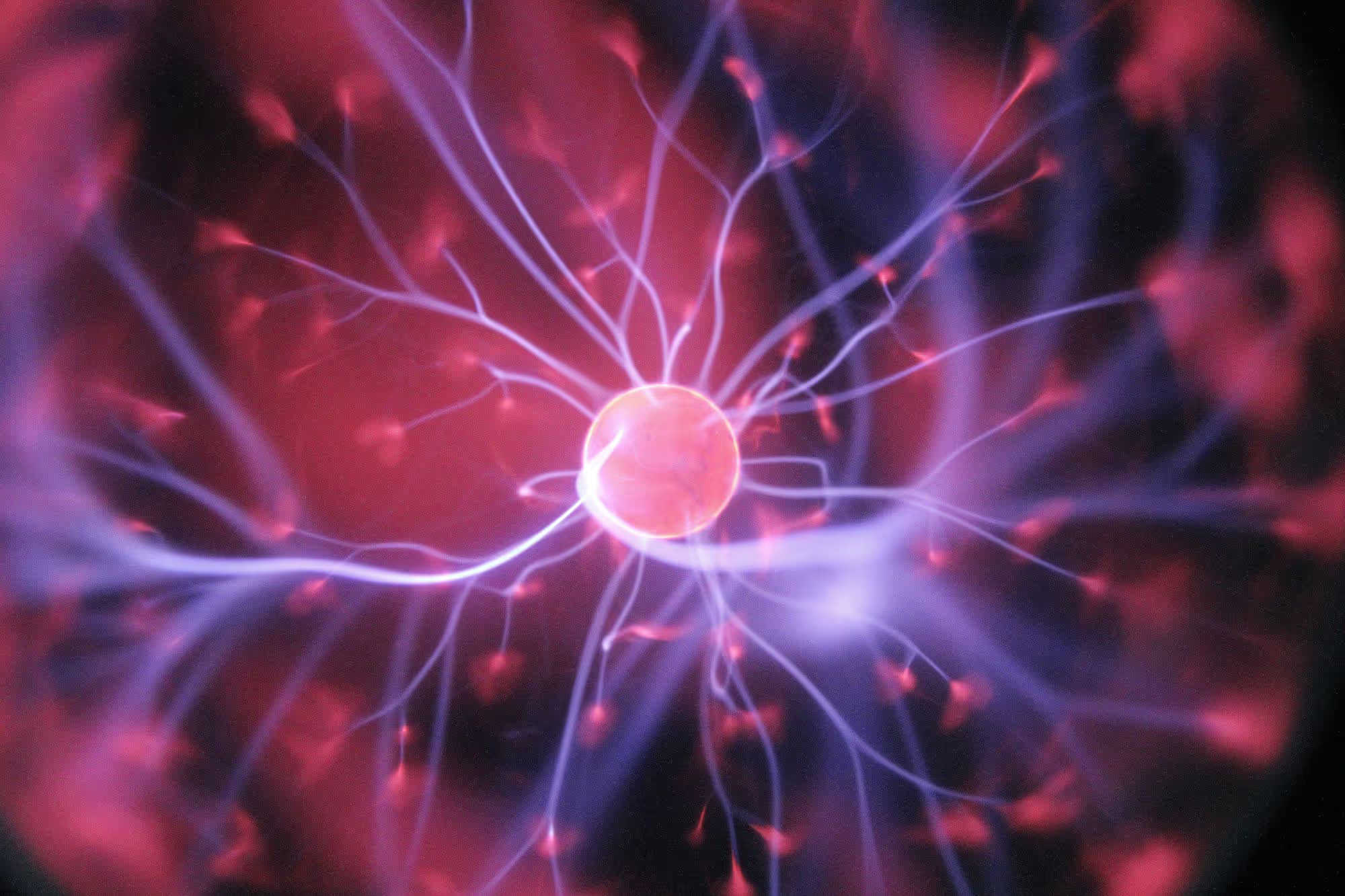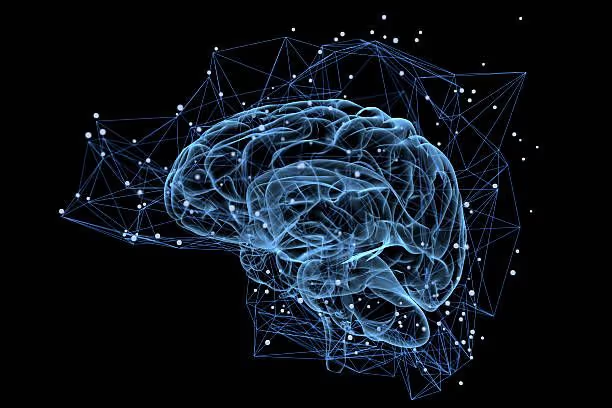
Best Prior Art Search Software for 2026: AI Tools and Enterprise Platforms Compared


The brain processes 70,000 thoughts each day using 100 billion neurons that connect at more than 500 trillion points through synapses that travel 300 miles/hour. More and more, scientific advances are breaking down what's really going on behind these numbers. In this blog, we'll look at innovation in the area of artificial brain cells specifically.
Groundbreaking advances in artificial brain cell research are bridging the gap between man and machine, and paving the way for life-changing advances. Innovation in the artificial brain cell space is skyrocketing—experiencing a 61.79% growth rate over the past 5 years. The fastest growing category is Medical with an 133.33% increase in new patents filed over the last 5 years. Additionally, the IT Computing and Data Processing category is seeing a lot of filings by new entrants, so it might be an emerging space worth looking into.
Let’s take a look at the recent research that’s transforming the artificial brain cell space.

Researchers at Nanjing University of Posts and Telecommunications and the Chinese Academy of Sciences in China and Nanyang Technological University and the Agency for Science Technology and Research in Singapore recently developed an artificial neuron with the ability to communicate using the neurotransmitter dopamine. Dopamine is our feel-good neurotransmitter, involved in the brain’s reward system.
The research team built an artificial neuron that can both release and receive dopamine. The neuron was made using graphene and a carbon nanotube electrode, to which they added a sensor to detect dopamine and a device called a memristor. If enough dopamine is detected by the sensor, a component called a memristor triggers the release of more dopamine at the other end through a heat-activated hydrogel.
To test the ability of the artificial neuron to communicate, they placed it in a petri dish alongside rat brain cells and found that the neuron was able to sense and respond to dopamine created and sent by the rat brain cells. The artificial neuron was also able to product some of its own, which triggered a response in the rat brain cells. Additionally, their results revealed that they could activate a small mouse muscle sample by sending dopamine to a sciatic nerve, which they use to move a robot hand.
In 2019, Yale scientists restored cellular function in 32 pig brains that had been deceased for hours. The team used a system called BrainEx, which consisted of computer-controlled pumps and filters that sent a nourishing solution through a dead, surgically exposed brain, with an ebb and flow that mimics the body's natural circulation. The proprietary solution was based on hemoglobin, the oxygen-ferrying protein in red blood cells, and was made to show up during ultrasound scans, to enable researchers to track its flow through the brain. The process was found to restore circulation and oxygen flow to a dead brain.
Continuing their research, the same team published findings this month on reviving pig organs, rather than just the brain. Researchers connected pigs that had been dead for one hour to a system called OrganEx that pumped a blood substitute throughout the animals’ bodies. The solution they circulated contained the animal’s blood, as well as 13 compounds including as anticoagulants — to slow the decomposition of the bodies and quickly restore some organ function. Although OrganEx helped to preserve the integrity of some brain tissue, researchers did not observe any coordinated brain activity that would indicate the animals had regained any consciousness or sentience.

A team at The University of Texas at Austin just published their research on how they developed synaptic transistors for brain-like computers using the thin, flexible material graphene. These transistors are similar to synapses in the human brain. Synapses connect neurons in the brain to neurons in the rest of the body and from those neurons to the muscles.
Graphene and nafion, a polymer membrane material, were used to create the backbone of the synaptic transistor. These materials demonstrate the ability for the pathways to strengthen over time as they are used more often, a type of neural muscle memory. When it comes to computing, this means that devices will improve in their ability and speed to recognize and interpret images over time.
Notably, these transistors are biocompatible, which means they can interact with living cells and tissue. For medical devices that interact with the human body, biocompatibility is key. Currently, most materials used for these early brain-like devices are toxic, so they would not be able to contact living cells.
Whether through creating artificial cells capable of transmitting and receiving dopamine, or reviving deceased brain cells in pigs, research is transforming our relationship to technology, and our understanding of the brain. To learn more about patents and new innovations in the artificial brain cell space, visit cypris.ai and get started with access to the innovation dashboard.
Sources:
https://www.nytimes.com/2022/08/03/science/pigs-organs-death.html
https://www.health.harvard.edu/mind-and-mood/dopamine-the-pathway-to-pleasure
Ting Wang et al, A chemically mediated artificial neuron, Nature Electronics (2022). DOI: 10.1038/s41928-022-00803-0
https://www.nature.com/articles/d41586-022-02112-0
https://techxplore.com/news/2022-08-graphene-synapses-advance-brain-like.html
https://www.miragenews.com/graphene-synapses-advance-brain-like-computers-833930/
https://healthybrains.org/brain-facts/#:~:text=Your brain is a three,that travel 300 miles%2Fhour.